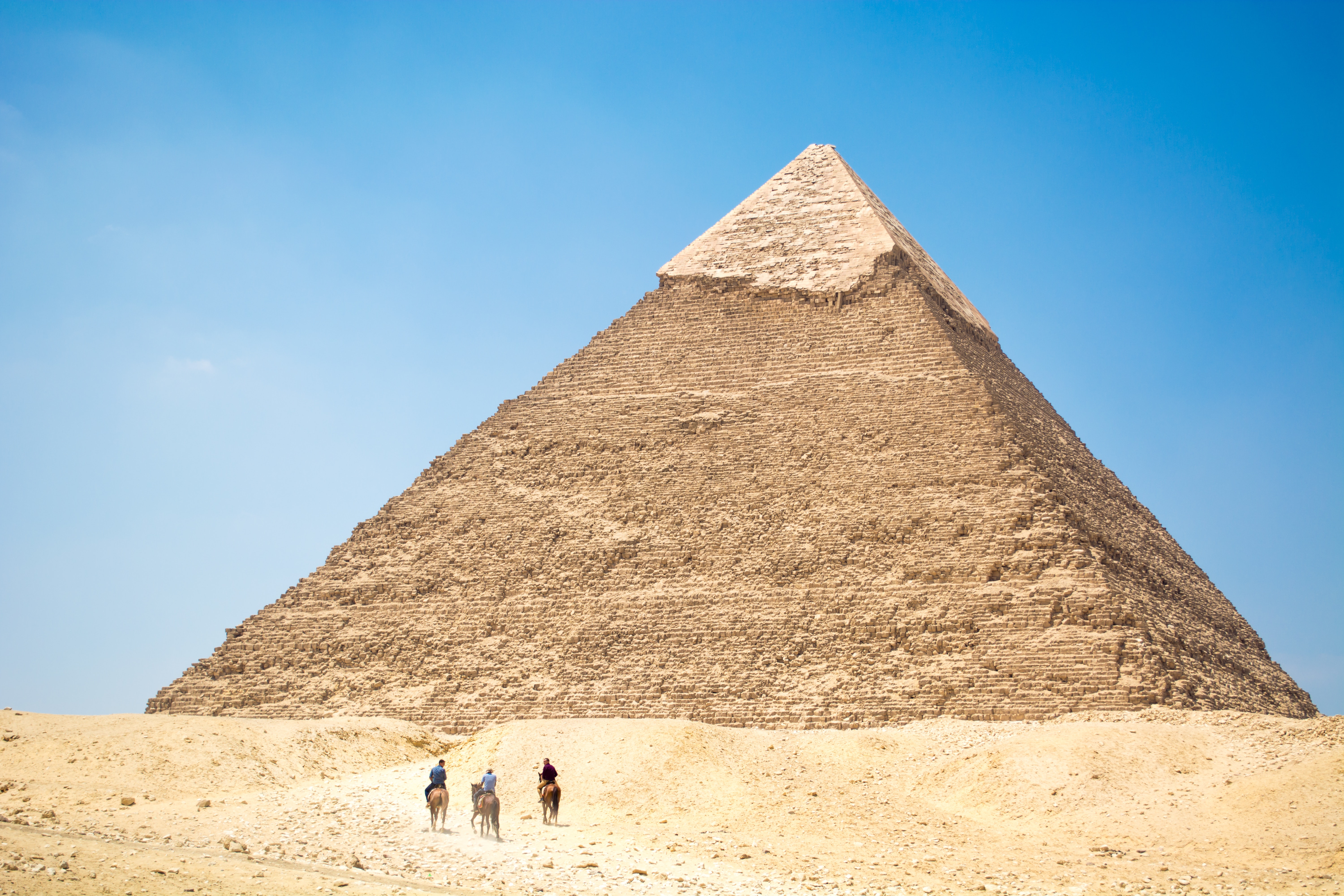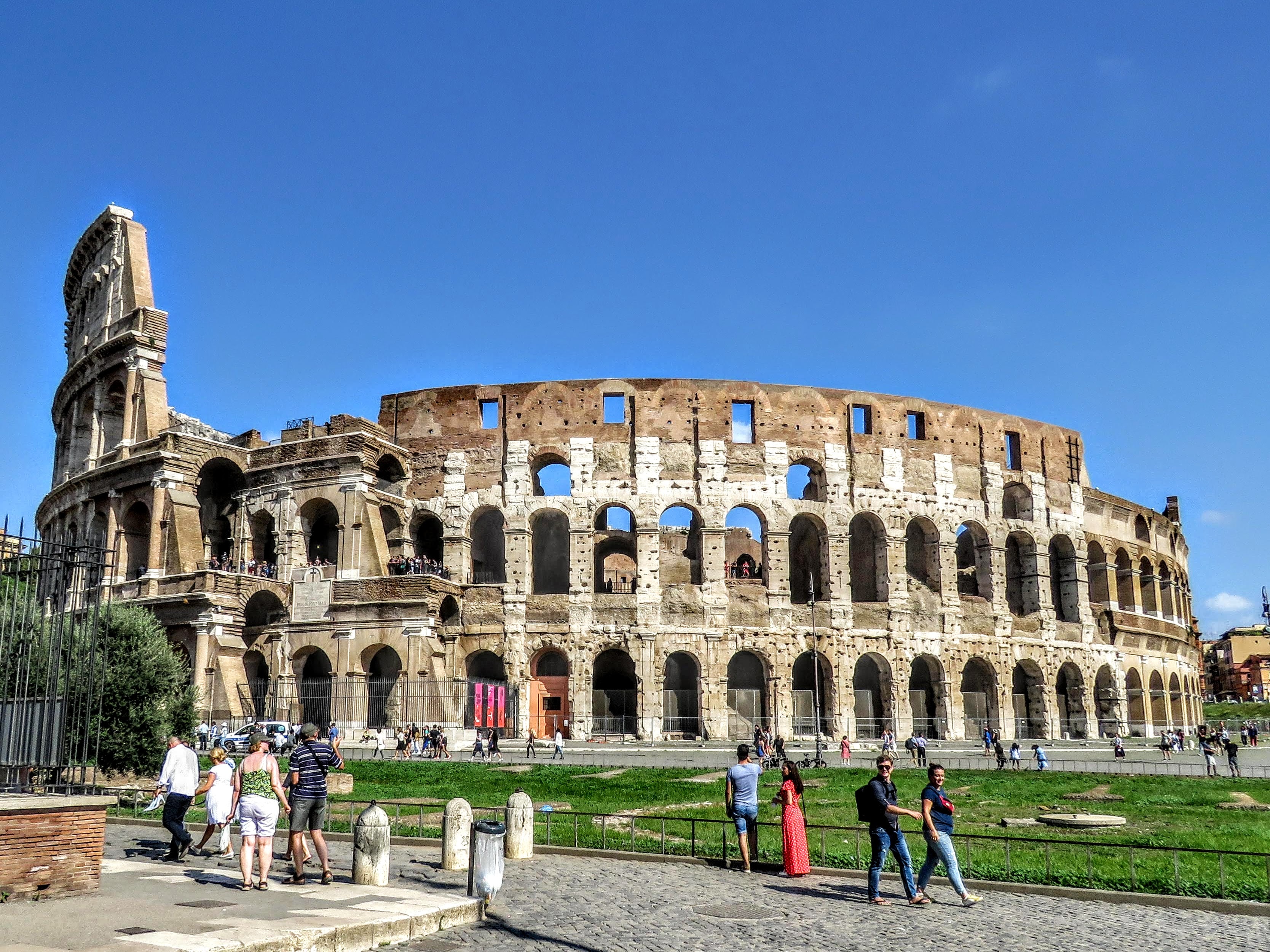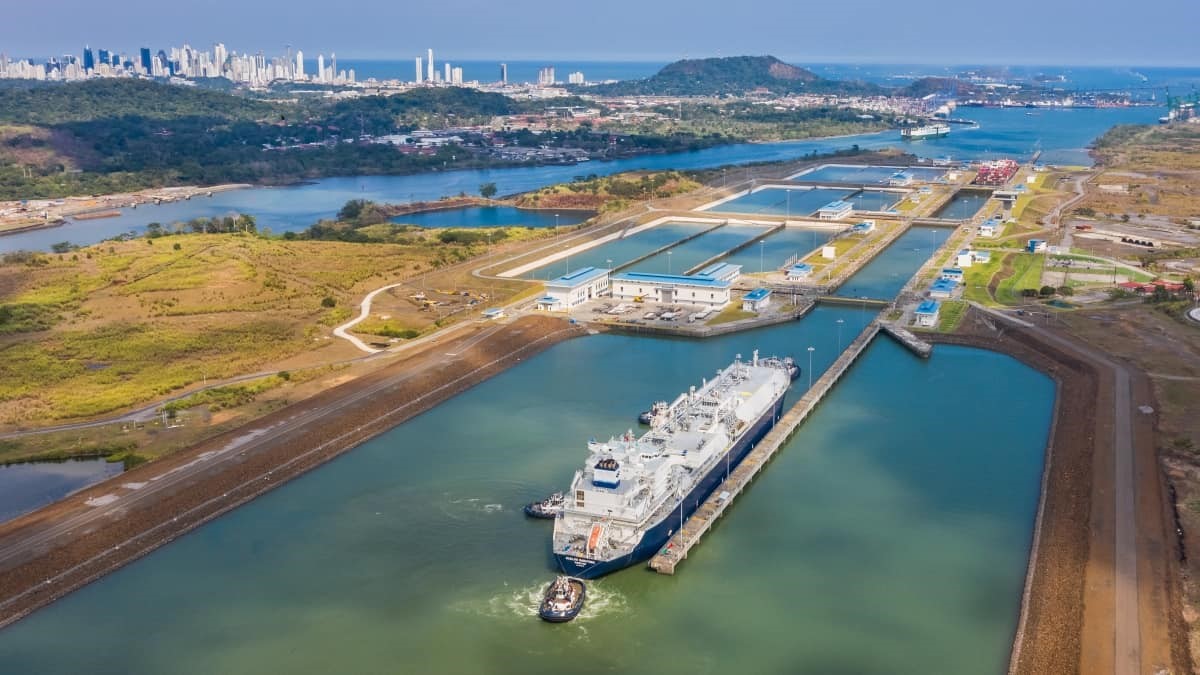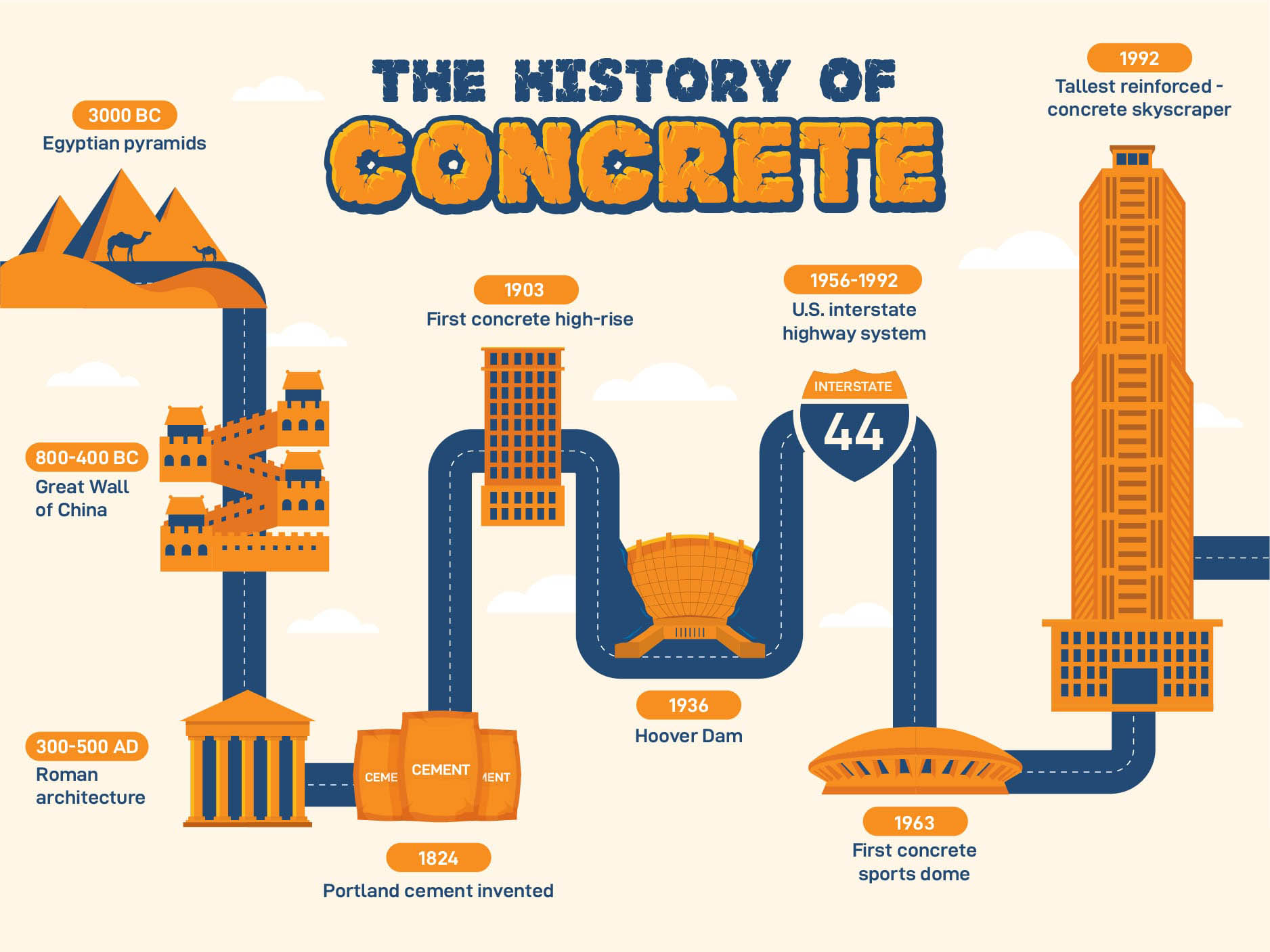The Top 10 Civil Structures of All Time

Civil Structures
Civil structures are large, man-made structures that are built to serve a specific function or purpose. These structures can be found all over the world and range from bridges and tunnels to skyscrapers and stadiums. In this blog article, we will be highlighting the top 10 civil structures of all time. These structures were selected based on their architectural significance, engineering marvel, and historical importance. From ancient wonders to modern masterpieces, these structures stand as a testament to the ingenuity and perseverance of human civilization. In this article, we will explore the history and construction of these iconic structures and learn about the challenges and innovations that went into their creation. So, without further ado, let’s take a look at the top 10 civil structures of all time.
1. The Great Pyramid of Giza

The Great Pyramid of Giza is a massive ancient Egyptian pyramid located in Giza, Egypt. It was built as a tomb for Pharaoh Khufu and is the oldest and largest of the three pyramids in the Giza Necropolis. It is also the oldest and only remaining ancient wonder of the world.
The Great Pyramid is an impressive feat of engineering and is believed to have been constructed around 2500 BC. It stands 147 meters (481 feet) tall and is made up of over 2 million blocks of stone, each weighing an average of 2.5 tons. The pyramid was built using a system of ramps and pulleys, and it is thought that it took over 20 years to complete the construction.
The Great Pyramid is in Giza, Egypt, on the west bank of the Nile River. It is just outside of modern-day Cairo and is one of the most iconic landmarks in Egypt. It is a popular tourist destination and is considered one of the greatest examples of ancient Egyptian architecture and engineering.
2. The Colosseum

The Colosseum is an amphitheater located in Rome, Italy. It was built during the Roman Empire and was used for gladiator games, public spectacles, and other events. It is one of the most famous landmarks in Rome and is considered one of the greatest examples of Roman architecture and engineering.
The Colosseum is an impressive feat of engineering and is believed to have been constructed around 70-80 AD. It stands 50 meters (164 feet) tall and is made up of over 80,000 cubic meters of concrete and stone. The Colosseum was built using a combination of slave labor and paid labor, and it is thought that it took over 8 years to complete the construction.
The Colosseum is in the center of Rome, Italy. It is one of the most iconic landmarks in the city and is a popular tourist destination. It is considered one of the greatest examples of ancient Roman architecture and engineering and is a testament to the ingenuity and perseverance of the Roman people.
3. The Great Wall of China
The Great Wall of China is a series of walls and fortifications that were built to protect the northern borders of the Chinese Empire. It is one of the most iconic landmarks in China and is considered one of the greatest examples of ancient Chinese engineering and architecture.
The Great Wall of China is an impressive feat of engineering and is believed to have been constructed over a period of 2,000 years, with the earliest sections dating back to the 7th century BC. It stretches over 13,000 miles and is made up of brick, tamped earth, and other materials. The Great Wall was built using a combination of slave labor and paid labor, and it is thought that it took over 2,000 years to complete the construction.
The Great Wall of China is in northern China and stretches from the Yellow Sea to the Gobi Desert. It is one of the most iconic landmarks in the country and is a popular tourist destination. It is considered one of the greatest examples of ancient Chinese engineering and architecture and is a testament to the ingenuity and perseverance of the Chinese people.
4. The Eiffel Tower

The Eiffel Tower is a massive iron lattice tower located in Paris, France. It was built as the entrance arch to the 1889 World’s Fair and has since become one of the most iconic landmarks in Paris and one of the most visited tourist attractions in the world.
The Eiffel Tower is an impressive feat of engineering and was designed by the French engineer Gustave Eiffel. It stands 324 meters (1,063 feet) tall and was constructed using over 18,000 pieces of iron and 2.5 million rivets. The tower took over 2 years to complete construction and was completed in 1889.
The Eiffel Tower is in Paris, France, on the Champ de Mars. It is one of the most iconic landmarks in the city and is a popular tourist destination. It is considered one of the greatest examples of iron engineering and architecture and is a testament to the ingenuity and perseverance of the French people.
5. The Panama Canal

The Panama Canal is a man-made waterway that connects the Atlantic Ocean to the Pacific Ocean. It is in Panama and was built to provide a shorter route for ships traveling between the East Coast of the United States and the West Coast of South America.
The Panama Canal is an impressive feat of engineering and was built over a period of 10 years, from 1904 to 1914. It is approximately 50 miles long and includes a series of locks that raise and lower ships as they pass through the canal. The construction of the canal required the excavation of over 200 million cubic meters of earth and the construction of several large dams. It also required the relocation of over 50,000 people and the construction of several housing and support facilities for the workers.
The Panama Canal is in Panama, Central America. It is a major transportation route for ships traveling between the East Coast of the United States and the West Coast of South America and is a major contributor to the economies of Panama and the surrounding region. It is considered one of the greatest engineering feats of the modern era and is a testament to the ingenuity and perseverance of the people who built it.
6. The Burj Khalifa
The Burj Khalifa is a skyscraper located in Dubai, United Arab Emirates. It is the tallest building in the world, standing at 828 meters (2,722 feet) tall. It was designed by the American architect Skidmore, Owings & Merrill and was completed in 2010.
The Burj Khalifa is an impressive feat of engineering and required the use of advanced materials and construction techniques. It was built using over 330,000 cubic meters of concrete, 39,000 tons of steel rebar, and over 300,000 square meters of glass. The construction of the Burj Khalifa also required the use of specialized equipment and cranes to lift and place heavy building materials. The construction of the Burj Khalifa took over 5 years to complete.
The Burj Khalifa is in Dubai, United Arab Emirates. It is one of the most iconic landmarks in the city and is a popular tourist destination. It is considered one of the greatest examples of modern engineering and architecture and is a testament to the ingenuity and perseverance of the people who built it.
7. The Sydney Opera House

The Sydney Opera House is a performing arts center located in Sydney, Australia. It was designed by the Danish architect Jørn Utzon and was completed in 1973. The Sydney Opera House is one of the most iconic landmarks in Australia and is considered one of the greatest examples of modern architecture.
The Sydney Opera House is an impressive feat of engineering and required the use of advanced materials and construction techniques. It was built using over 10,000 precast concrete panels, which were shipped from a factory in Sweden and assembled on-site. The construction of the Sydney Opera House also required the use of specialized equipment and cranes to lift and place heavy building materials. The construction of the Sydney Opera House took over 15 years to complete and was completed in 1973.
The Sydney Opera House is in Sydney, Australia, on the Sydney Harbour. It is one of the most iconic landmarks in the city and is a popular tourist destination. It is considered one of the greatest examples of modern architecture and is a testament to the ingenuity and perseverance of the people who built it.
8. The Golden Gate Bridge

The Golden Gate Bridge is a suspension bridge located in San Francisco, California. It connects the city of San Francisco to Marin County and was completed in 1937. The Golden Gate Bridge is one of the most iconic landmarks in the United States and is considered one of the greatest examples of modern engineering.
The Golden Gate Bridge is an impressive feat of engineering and required the use of advanced materials and construction techniques. It was built using over 80,000 miles of steel wire, which were used to support the roadway and the two massive steel towers that support the bridge. The construction of the Golden Gate Bridge also required the use of specialized equipment and cranes to lift and place heavy building materials. The construction of the Golden Gate Bridge took over 4 years to complete and was completed in 1937.
The Golden Gate Bridge is in San Francisco, California, and spans the Golden Gate Strait, which separates San Francisco from Marin County. It is one of the most iconic landmarks in the United States and is a popular tourist destination. It is considered one of the greatest examples of modern engineering and is a testament to the ingenuity and perseverance of the people who built it.
9. The Hoover Dam
The Hoover Dam is a massive concrete dam located on the border of Arizona and Nevada. It was built to control the flow of the Colorado River and was completed in 1935. The Hoover Dam is one of the most iconic landmarks in the United States and is considered one of the greatest examples of modern engineering.
The Hoover Dam is an impressive feat of engineering and required the use of advanced materials and construction techniques. It was built using over 3 million cubic yards of concrete, which was poured into massive blocks and assembled on-site. The construction of the Hoover Dam also required the use of specialized equipment and cranes to lift and place heavy building materials. The construction of the Hoover Dam took over 5 years to complete and was completed in 1935.
The Hoover Dam is located on the border of Arizona and Nevada, about 30 miles southeast of Las Vegas. It is one of the most iconic landmarks in the United States and is a popular tourist destination. It is considered one of the greatest examples of modern engineering and is a testament to the ingenuity and perseverance of the people who built it.
10. The International Space Station

The International Space Station (ISS) is a space station that orbits the Earth. It is a collaboration between several space agencies from around the world, including NASA, the European Space Agency (ESA), and the Russian Federal Space Agency (Roscosmos). The ISS was completed in 2011 and has been continuously occupied by astronauts since 2000.
The International Space Station is an impressive feat of engineering and required the use of advanced materials and construction techniques. It was built using over 1 million pounds of aluminum and other materials and is made up of over 50 separate modules. The construction of the ISS also required the use of specialized equipment and rockets to lift and place the heavy building materials into orbit. The construction of the ISS took over 20 years to complete and was completed in 2011.
The International Space Station orbits the Earth at an altitude of about 250 miles and is visible from the Earth’s surface at certain times of the day. It is considered one of the greatest examples of modern engineering and is a testament to the ingenuity and perseverance of the people who built it.








Responses